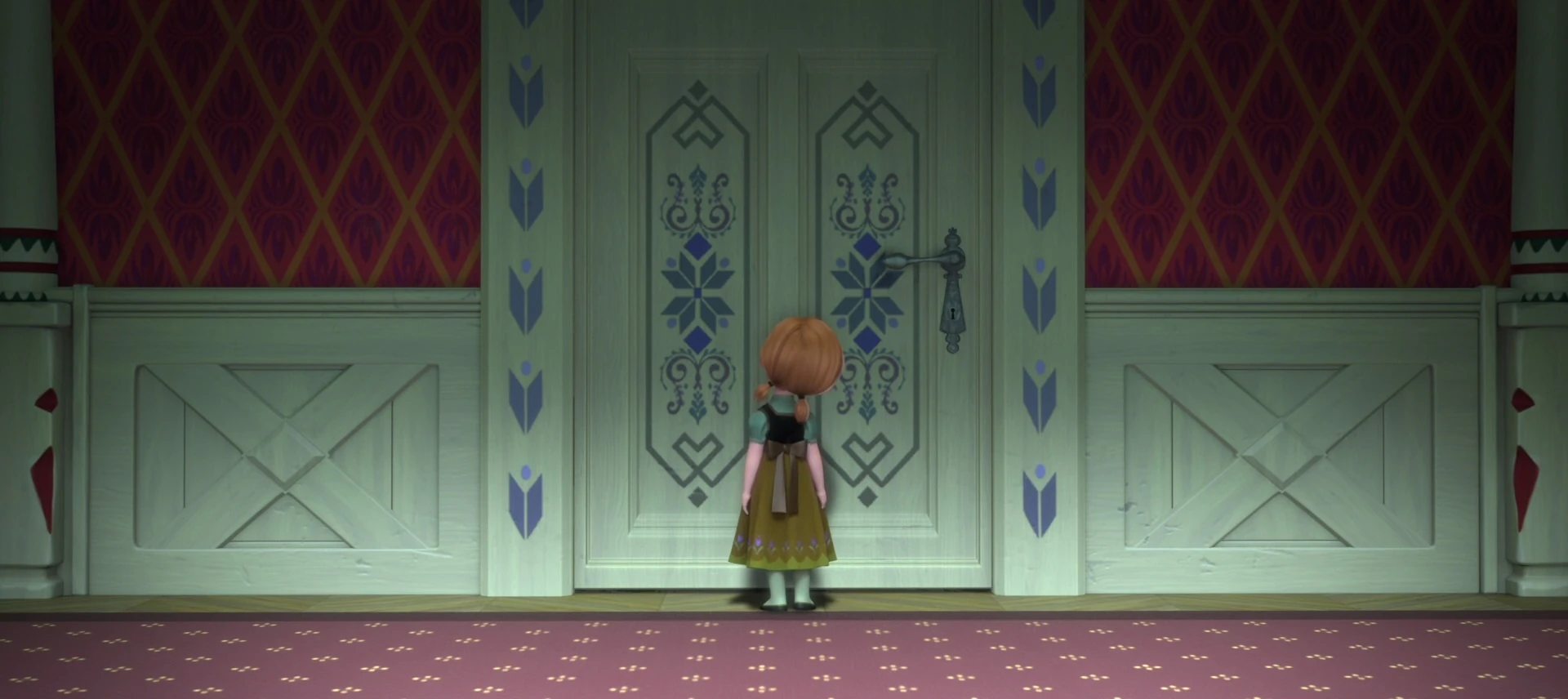Roy Peter Clark notes that everything has an ending; sentences, paragraphs, sections, chapters and of course, books, all have endings. He divides them into types.
Closing the Circle
 |
| Poor girl. |
The Tieback
This is that moment in a story where you remember the seemingly insignificant tidbit the author threw in back in Chapter 4, and suddenly that tidbit is the key to the solution to whatever problem is plaguing the main character. For example, in Harry Potter where you realize that all along, the fact that Harry's eyes looking like his mother's actually means something.
This happens pretty often, especially in mysteries. The key to writing this sort of ending is having the key thrown in nonchalantly enough that your reader doesn't think much of it, but it needs to be memorable enough for them to remember it and get excited when things click for your main character.
The Time Frame
This is when a story ends because the time is up. This type of ending is classically used in coming-of-age stories, using a school year to shape the beginning and end of the book. Another example would be "Tuck Everlasting," which ends when the summer does (unless you count the jump to the future, when the family sees the grave, but that's more of an epilogue).
Since that particular competition, trial or school year had a definite conclusion in sight, that helps to give a time element throughout, increasing tension. Your characters are constantly facing the end. A Time Frame also provides easy closure. Hopefully you've thrown in other plot lines that are ending in other ways, all around that same time.
 |
| Not one of my favorites, but definitely interesting. |
This is like the Time Frame, but instead of finishing something in time, it's when the characters reach the destination. Examples would include "Land Before Time," Life of Pi, and The Odyssey, though that last one does go on a bit longer. Still, his reaching the destination signals the end of his journey.
The Payoff
This is a satisfying ending--a reward, the revelation of a secret, or the solution to a mystery. Sherlock Holmes stories are completely built around this sort of ending. One doesn't read them to find out whether or not he can crack the case; one reads Sherlock Holmes to figure out how, and his debriefing at the end is the payoff.
Surprise and delight your reader if you are going for this type of ending. It's not as good of a read if it's not what you want or you could see it from chapters away, obviously.
The Epilogue
The purpose of an epilogue is to satisfy reader curiosity or set things up for the next book. I'm sure you're totally familiar with what these are, so I'm going to just move on.
Problem and Solution
 |
| After all, cats are clean creatures. |
This is self-explanatory. The character was faced with a problem -- How am I ever going to get this house clean before Mom comes home?! -- and the solution signals the end of the book -- Oh, look, a cat did all the cleaning just in time.
Most stories end this way in some form or another, since a conflict is built around a problem and it is resolved with a solution.
The Apt Quote
Essays, speeches and blog posts will end this way relatively often. As for stories, perhaps this translates into finishing off the story with dialogue:
"An' they chased him 'n' never could catch him 'cause they didn't know what he looked like, an' Atticus, when they finally saw him, why he hadn't done any o those things ... Atticus, he was real nice. ..."
"Most people are, Scout, when you finally see them."
He turned out the light and went into Jem's room. He would be there all night, and he would be there when Jem waked up in the morning. (To Kill a Mockingbird, by Harper Lee, final lines)This is what people use when they want to end with people thinking profound thoughts. I'm sure it can be used, and is used, to also finish with a laugh.
Look to the Future
This is when the author gives a hint of what may happen or when the author points toward the logical consequence of what just happened. It's like when a chick flick ends with a kiss. And almost every chick flick ends with a kiss. Whether you take that to mean they started dating or they got married is your own business.
Mobilize the Reader
 This is a call to action, often seen, again, in essays, speeches or opinion articles (Op-eds). Can you do it in a story, too? Yes, especially a nonfiction one. Fiction doesn't tend to have a transparent agenda that makes a call to action an option. However, I did read one fiction book, The Poisonwood Bible, which tried this type of ending.
This is a call to action, often seen, again, in essays, speeches or opinion articles (Op-eds). Can you do it in a story, too? Yes, especially a nonfiction one. Fiction doesn't tend to have a transparent agenda that makes a call to action an option. However, I did read one fiction book, The Poisonwood Bible, which tried this type of ending.I hated it (and wrote a post to that effect). The book was great until she threw in her call to action.
The end of my Writing Tools posts. There's a whole lot more in the book, so if you felt like my notes were doing you good, maybe you should pick up a copy. (Name that type of ending!)

No comments:
Post a Comment